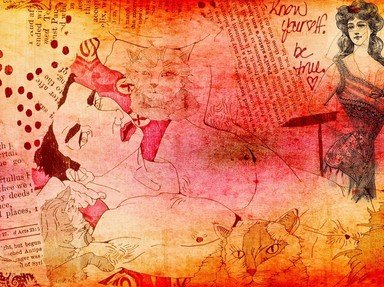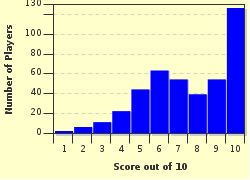Quiz Answer Key and Fun Facts
1. Silhouette artistry was first developed in which country?
2. During the 18th century, the artistry of papercutting portraiture was named for Etienne de Silhouette who held which office in French government?
3. Which of the following is a basic tool(s) necessary for beginning to practice the art of silhouette creation?
4. Why are black and white paper employed in cutting silhouettes?
5. What is the quickest and easiest method for most novices to begin making silhouettes?
6. Freehand cutting is considered the most sophisticated method of making silhouettes, which is employed by artists of what level of expertise?
7. A template can be made by first drawing the subject of interest and then cutting it out, but what effect does learning silhouette artistry with templates have on the later learning of freehand cutting?
8. Silhouette artists typically follow a time honored tradition of making how many copies of the same silhouette at a time?
9. Which of the following choices best describes the process of mounting silhouettes?
10. To give silhouettes a more polished, professional appearance what can be added to mounted silhouettes?
Source: Author
DR.NO
This quiz was reviewed by FunTrivia editor
Bruyere before going online.
Any errors found in FunTrivia content are routinely corrected through our feedback system.


